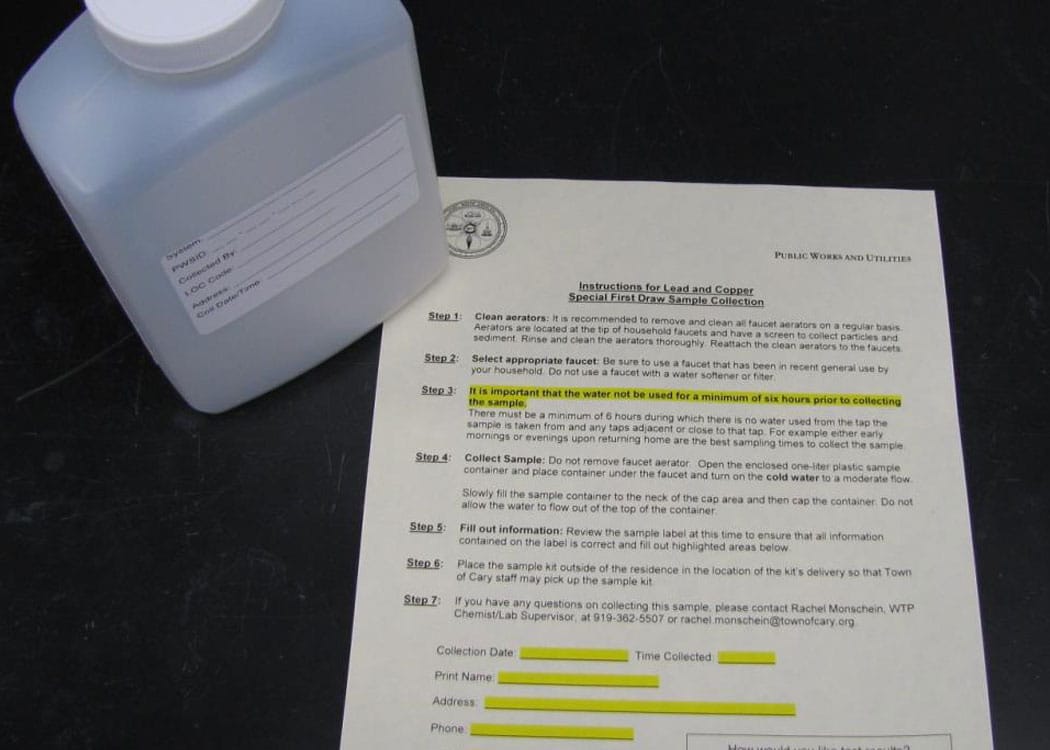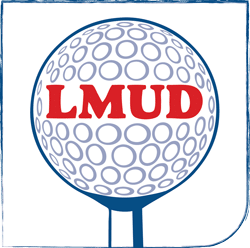Lead and Copper Testing Results, 2023

The Potable Water Department team, led by Department Supervisor Raf Mendoza, at Lakeway Municipal Utility District (LMUD) recently completed their latest round of Lead and Copper Testing. This testing is required by the Environmental Protection Agency (EPA) through a regulation established in 1991 known as the Lead and Copper Rule (LCR), under authority of the 1986 Safe Drinking Water Act (SDWA). A pre-approved list of 30 residents in LMUD’s coverage area voluntary collected a potable water sample from their home’s faucet in accordance with the rule’s procedures during the June 1st – September 30th 2023 collection period. Homes ranged in build date from 1970 to 1998. Results were sent to LMUD’s regulatory agency, Texas Commission on Environmental Quality (TCEQ).
As the operator of a public water system (PWS), LMUD is responsible for providing drinking water that meets all federal and state standards but cannot control the variety of materials used in plumbing components. Lead and copper enter drinking water primarily through plumbing materials as they corrode. Lead pipes are more likely to be found in older cities and homes built before 1986, however brass or chrome-plated brass faucets and plumbing can also be found with lead solder. According to the EPA, exposure to elevated levels of lead and copper may cause health problems ranging from stomach distress to brain damage. Pregnant women and young children are most susceptible. Exposure to lead can also come from paint, dust, soil, air, or food containing lead. Human skin does not absorb lead.
The LCR’s “action level” for lead is 0.015 mg/L and 1.3 mg/L for copper. According to TCEQ, if a PWS exceeds either of the action levels, the PWS is required to conduct entry point and distribution water quality parameter sampling, entry point lead and copper sampling, and tap water lead and copper sampling. LMUD would then be required to use the sample results to submit a source water treatment recommendation, an optimal corrosion control treatment designation, and a corrosion control study. Lead action level exceedances also require delivery and posting of Lead Public Education.
The SDWA requires EPA to determine the level of contaminants in drinking water at which no adverse health effects are likely to occur with an adequate margin of safety. The non-enforceable health goal, based solely on possible health risks, is called the Maximum Contaminant Level Goal (MCLG). EPA has set the MCLG for lead in drinking water at zero.
The analysis of lead in LMUD’s drinking water system, based on the latest round of testing includes:
- Average: 0.00265 mg/L
- Mode: less than 0.0010 mg/L
- Maximum: 0.00792 mg/L
- Minimum: less than 0.0010 mg/L
The analysis of copper in LMUD’s drinking water system, based on the latest round of testing includes:
- Average: 0.1900 mg/L
- Mode: less than 0.14 mg/L
- Maximum: 0.701 mg/L
- Minimum: less than 0.038 mg/L
Since the 90th percentile of results are all below action levels, LMUD is not required to take any further action. However, any customers concerned about their lead exposure can have your water tested by a state certified laboratory. You can find one by calling the Safe Drinking Water Hotline at 800-426-4791 or visiting www.epa.gov/safewater/labs.
LMUD’s potable water is continually tested and monitored throughout the year using online meters and, based on several parameters, Mendoza and his team make adjustments to water treatment methods as needed to ensure superior quality. Yearly additional testing requirements result in the annual Water Quality Report, also known as a Consumer Confidence Report (CCR), which can be found here. CCRs are released with each June billing cycle with results from the previous year’s testing period.
For additional information, visit the EPA’s website on Basic Information about Lead Drinking Water or TCEQ’s website on Drinking Water Lead and Copper Program.

 You are now being redirected to the WaterSmart page.
You are now being redirected to the WaterSmart page.